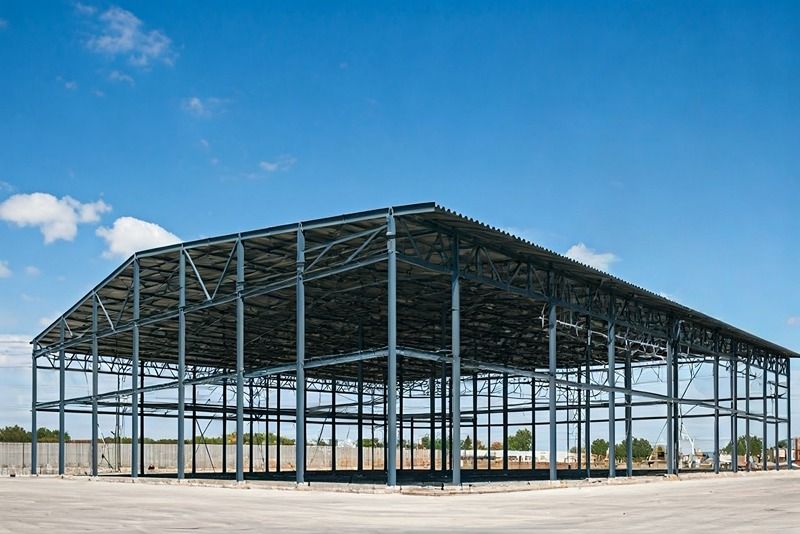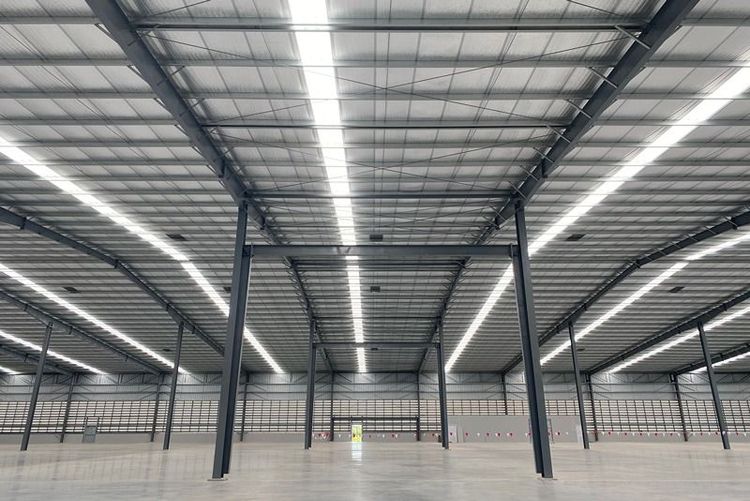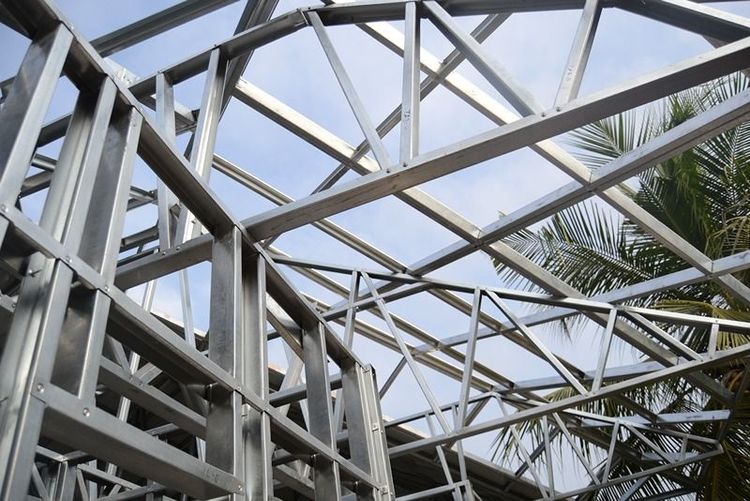2. Energy-efficient design strategies
Designing with energy efficiency in mind starts at the conceptual stage. Steel's inherent properties allow for innovative design solutions that enhance energy efficiency. For example, including large windows and skylights in steel buildings increases natural light penetration, reducing the reliance on artificial lighting during daylight hours. This is particularly beneficial in industrial settings where lighting represents significant energy consumption.
Furthermore, insulated metal panels (IMPs) are a key component in energy-efficient steel buildings. These panels consist of two steel sheets surrounding an insulating core, providing superior thermal performance compared to traditional insulation methods. IMPs help reduce heat loss and maintain consistent internal temperatures, significantly contributing to the building's energy efficiency.
3. Sustainable construction and recyclability
Steel is one of the most sustainable materials available because of its recyclability. The steel recycling process is energy-efficient, and using recycled steel in construction reduces the demand for virgin materials, thus lowering the energy required for production. This makes steel a prime choice for MSMEs looking to minimise their environmental impact while enhancing energy efficiency.
Also, recycled steel production consumes much less energy than new steel from raw materials. This reduction in energy use translates to a lower carbon footprint for the building. By opting for recycled steel, industrial builders can align their energy efficiency goals with broader sustainability objectives, which is increasingly important in the current regulatory and market environment.
4. Enhanced insulation and weather resistance
Industrial buildings must often withstand extreme weather conditions, affecting their energy efficiency. When properly designed, steel structures offer excellent resistance to such conditions while maintaining energy performance. For instance, weather-resistant steels can reduce the need for frequent maintenance and additional protective coatings, saving energy and resources over the building's operational life.
Advanced insulation techniques, such as insulated metal panels and reflective steel roofing, further enhance the energy efficiency of industrial buildings. These methods provide better thermal performance and contribute to reducing the urban heat island effect, which is particularly beneficial in densely built environments. By incorporating these materials and techniques, MSMEs can significantly reduce their heating and cooling costs.
5. Energy management and monitoring systems
Optimising energy efficiency extends beyond the physical design of the building to include effective energy management. Modern steel buildings can integrate advanced energy management systems that monitor and control energy use in real time. These systems can be connected to HVAC systems, lighting, and industrial machinery, enabling precise control over energy consumption.
For example, energy management systems can automatically adjust the operation of HVAC systems based on real-time occupancy data, reducing unnecessary energy use. Similarly, these systems can optimise lighting by adjusting brightness levels according to natural light availability. By continuously monitoring and adjusting energy use, these systems can help MSMEs significantly reduce energy consumption and costs.
6. Optimising HVAC systems
HVAC systems are often the largest energy consumers in industrial buildings. Steel structures can be designed to enhance the efficiency of these systems by integrating ductwork into the building's framework, thereby reducing energy losses associated with exposed ducts. This integration improves the performance of the HVAC systems and contributes to the building's overall aesthetic and functional efficiency.
Moreover, steel buildings can support installing high-efficiency HVAC systems, which use less energy to maintain desired indoor conditions. These systems can be paired with energy recovery ventilators (ERVs) that capture and reuse energy from exhaust air, further enhancing the building's energy efficiency. For MSMEs, this means lower operational costs and a reduced environmental impact.






 +91 7208055523
+91 7208055523
 Help & support
Help & support
